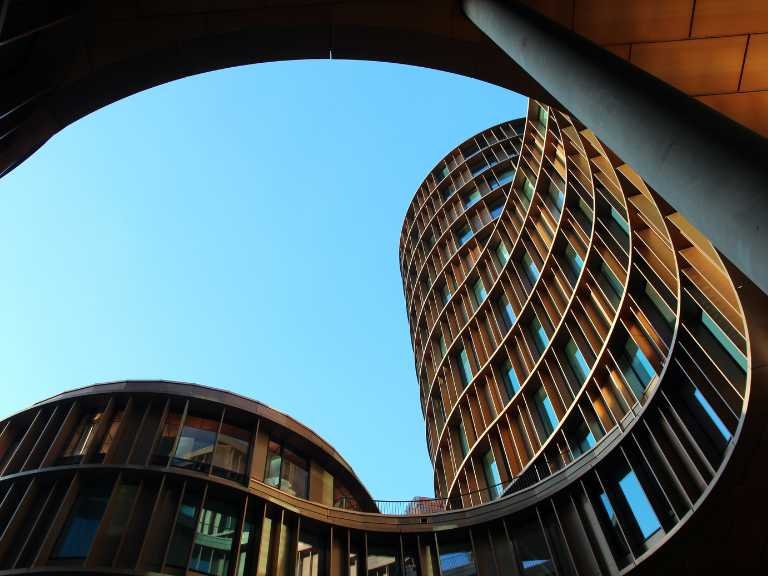Modernism has profoundly impacted architecture since its emergence in the early 20th century. It is a style of architecture adopted and adapted worldwide, becoming an integral part of many urban skylines.
A focus on functionality, simplification and the elimination of ornamentation characterizes modernism. This is why modernist architecture is often seen as austere and utilitarian style. The idea is to create efficient and cost-effective structures while still looking aesthetically pleasing.
The influence of modernism can be seen in New York’s skyscrapers and London’s glass-and-steel structures. In some ways, modernism reacted against the past and its heavy focus on traditional architectural styles. Instead, modernism sought to create a new language of architecture that was more modern and contemporary.
Modernism was also heavily influenced by the rise of new technologies, such as steel framing and reinforced concrete. By utilizing these materials, architects could create taller, larger, and more flexible structures. This allowed them to push the boundaries of what could be achieved with architecture and create more efficient and cost-effective buildings.
The influence of modernism can also be seen in the use of open-plan layouts and the integration of natural elements into the design. For example, many modernist buildings feature large windows and glass walls, allowing natural light and air to enter the building. This helps to create a more comfortable and energy-efficient environment.
Modernism has also had a significant impact on interior design. Furniture is often designed with a minimalist aesthetic, and natural materials such as wood and stone are prevalent. The focus is on creating a functional, comfortable, and aesthetically pleasing space.
Modernism has had a significant impact on architecture around the world. It has pushed the boundaries of what can be achieved with architecture and helped create some of the most iconic structures of our time.




